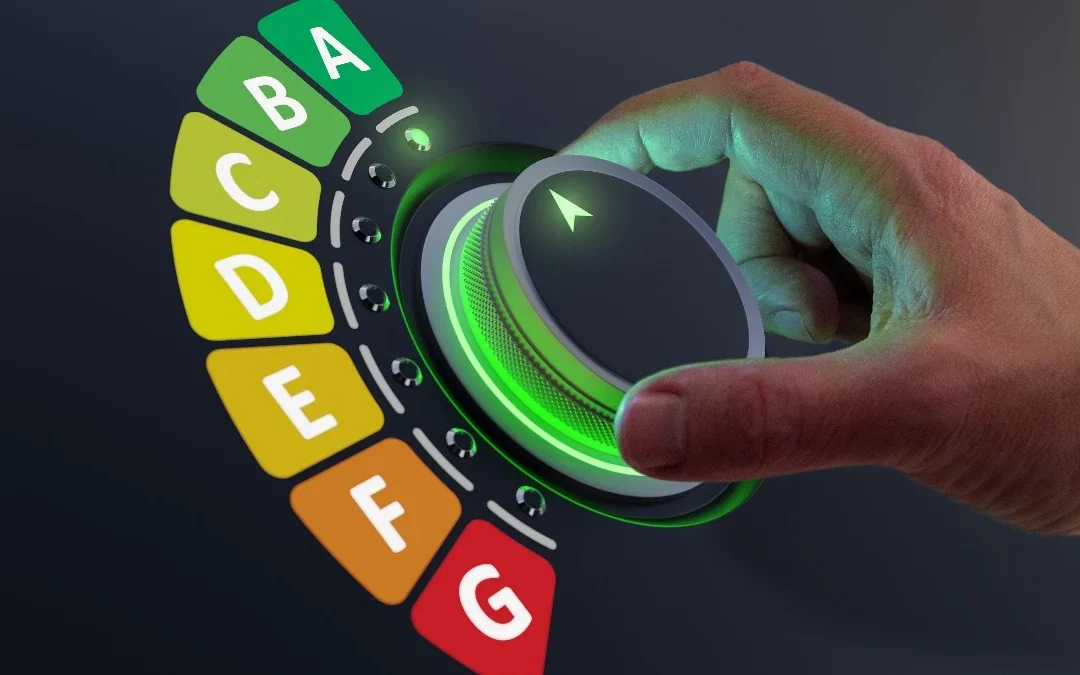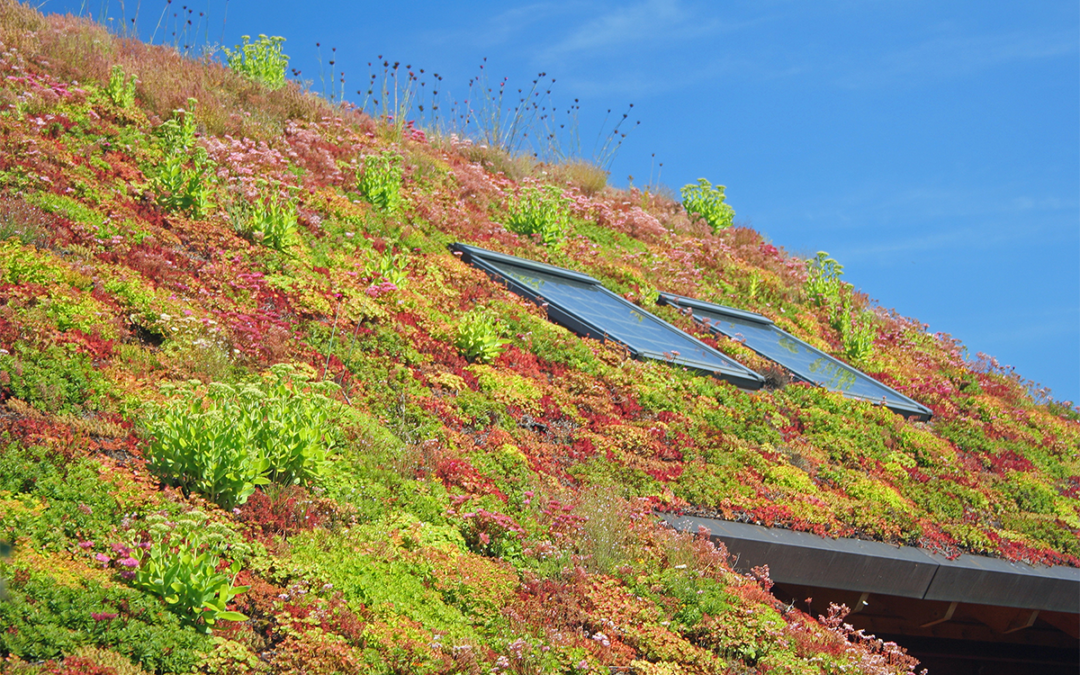
Integrating Sustainable Energy Solutions Into Your Home
Thousands of homeowners across the UK are keen to find better ways to manage their energy demands, with a growing interest in sustainable construction, energy efficiency, heating retention and low-carbon technology.
With an increasing range of sustainable energy solutions and advanced ways to replace outdated glazing, insulation, and energy storage with eco-friendly alternatives, there are numerous potential switches you might make, whether you’d like to make a complete transition to renewable energy or find a few simple, affordable ways to be a bit greener.
Pinnacle Works offers a complete range of options based on your property, budget, and current energy usage, and we’ve outlined some of the popular services and energy production systems below to give you an idea of what’s possible.
Factors That Will Influence Your Choice of Sustainable Energy Solutions
The first area to clarify is that, since we’re talking about homes rather than commercial or industrial premises, some types of renewable energy aren’t practical. The norm is to find that:
- Wind turbines, even smaller roof-mounted models, are only worth using in areas with continual high winds, such as those in coastal or island settings. Turbines of this size are not widely available, and the cost of installation may be prohibitive.
- Geothermal energy systems, like ground source heat pumps, capture ambient heat from within the earth. Like turbines, this energy production system is only suitable in specific locations with a high geothermal gradient.
Most homeowners consider more accessible options like air source heat pumps and solar panels. However, you don’t necessarily have to make a drastic change to reduce your reliance on fossil fuels and the national grid.
We begin by inspecting your property before making any suggestions. The right systems will always depend on the internal and external space available, local weather and wind conditions, your budget, the aspect of your roof, and the amount of energy you and your family use.
It’s essential to run through an assessment because even if you’ve decided to opt for a set of solar panels, the size of the cells, the type of energy storage battery, the optimal installation location and number of grids you need will differ significantly for a large property with multiple inhabitants and a smaller one or two bedroom home – as will the cost.
Air Source Heat Pumps for Residential Properties
Heat pumps are great options for homeowners keen to move away from conventional gas central heating systems. For most properties, an air-source heat pump is a preferable option. Although that might depend on your specific property, a ground-source heat pump is a much larger unit and requires a pretty substantial amount of outdoor space.
During the installation process, engineers need to lay a series of loops under the ground, which increases the cost of the unit and the work. In contrast, an air-source heat pump is suitable for almost any property with various pump sizes to suit your requirements.
Air source heat pumps absorb the ambient heat within the air around the exterior of your home – and that doesn’t mean they only work during the summer.
Instead, these sophisticated pumps operate similarly to a refrigerator in reverse, using a liquid within the pump that converts ambient air into a gas. That gas is compressed and generates the warmth you use to heat your water and home.
The benefits include reduced heating costs, greater energy independence, a lower carbon footprint, and a highly efficient, modern heating system that generates minimal noise and can be fitted anywhere with sufficient airflow.
Using Solar Power in Your Home
Our next option is to consider a set of solar panels that use photovoltaic conversion, or PV, to capture, store, and convert clean, free energy from the sun. Each solar panel comprises a series of solar cells, which generate an electric current that can feed energy to your home, a solar storage battery, or back into the national grid.
Like all sustainable energy solutions, there are numerous types, sizes, and costs of solar panels, so it’s important to assess the panels you will need. Most solar cells last up to 30 years, but you may need to have repairs completed on your roof, and solar panels work best installed on south-facing roofs with minimal shade.
We suggest fitting a solar battery alongside the solar cells. While that does carry an additional cost, the benefit is that all the solar energy captured by your panels remains available on demand rather than being wasted.
You can also choose to sell surplus renewable energy back to the national grid, which attracts a fixed-rate payment and can further reduce your home’s running costs.
Energy-Efficient Boilers
If you have an old, inefficient boiler and don’t have the budget or time to consider fitting an air source heat pump or set of solar panels, upgrading your boiler to a higher-rate, low-carbon alternative is also a great move towards sustainability.
Once boilers reach about ten or 15 years of usage, their efficiency declines quite steeply. This means you use more fossil fuel to maintain the same temperatures and usually have greater energy loss.
The best option is an A-rated boiler that offers the best possible energy efficiency, ensuring you use less fuel, whether gas or oil.
It’s also a great idea to chat with our team about any other improvements that might minimise your fuel needs, such as added insulation, upgraded flooring, more efficient radiators or improved glazing – all of which reduce utility costs and can help you achieve a higher energy performance rating if you’re thinking of selling.
Charging a Hybrid or EV Vehicle at Home
Finally, you might already drive a hybrid or electric vehicle (EV), and if you have somewhere around your property where you can fit an EV charger, you’ll make another move towards less energy usage.
Electric motors convert around 77% of electricity into movement, compared to about 30% for conventional fuelled vehicles. That means, even though you need electricity to charge the motor, you’re lowering your emissions, contributing to cleaner air, and optimising the power you use.
Installing an EV charger is relatively low-cost and quick, and some energy companies offer special reduced-rate tariffs or provide low electricity charges for overnight usage, which can help with fuel bills.
All of the suggestions here can help you save money, improve the warmth and efficiency of your home, reduce your carbon footprint, and ultimately achieve your aim of becoming more eco-friendly. If you’d like to learn more about installing solar panels or a heat pump, comparing more efficient boilers, or modifying your property, please contact the Pinnacle Works team anytime.

